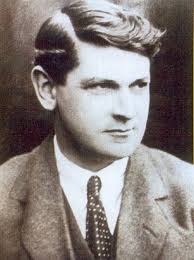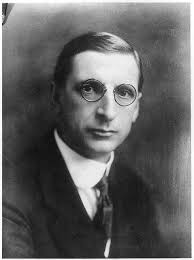The
Context and Development of Irish Literature:
History, Poetry, Landscape
Part V:
Contemporary Ireland, 1922-present
In 1923 de Valera declared the end of armed
resistance to the Free State government, and in 1925 the
boundary separating the Republic of Ireland from Northern
Ireland was officially accepted by all governments. The
Irish Civil War ended in division and tragedy. Collins
was killed in an ambush, leaving the leadership of his
party, Fine Gael, in the hands of W.T. Cosgrave, who would
lead for 10 years. Cosgrave was a much less
charismatic figure than Collins, but he gave a stability to
the government. His minister of justice, Kevin O’Higgins,
dealt out harsh repression to republicans, leading to his
assassination in 1927. Indeed, in many ways the Free
State government was more harsh than the British government
had been: the Free State executed 77 republicans
between 1922-1923, whereas the British executed 40 between
1916 and 1921. The social divide was also enormous:
the legacy of violence would remain in the Irish communities
virtually to the present day.


Michael Collins
Eamon de Valera
De Valera agreed to take the Oath of Allegiance
and enter the Dail as an opposition party, Fianna Fail, in 1927.
Remarkably, in the 1932 election, de Valera’s party had the
largest return, and formed a coalition government. Fianna
Fail would remain in power until 1948, and the figure of de
Valera dominates Irish politics and culture during this time.
One of his great achievements was the writing and ratification
of the new constitution in1937. This document removed
nearly all references to “the crown,” referred to the whole of
Ireland as “Eire” including the 6 northern counties; and
accorded special status to the Catholic church.
|